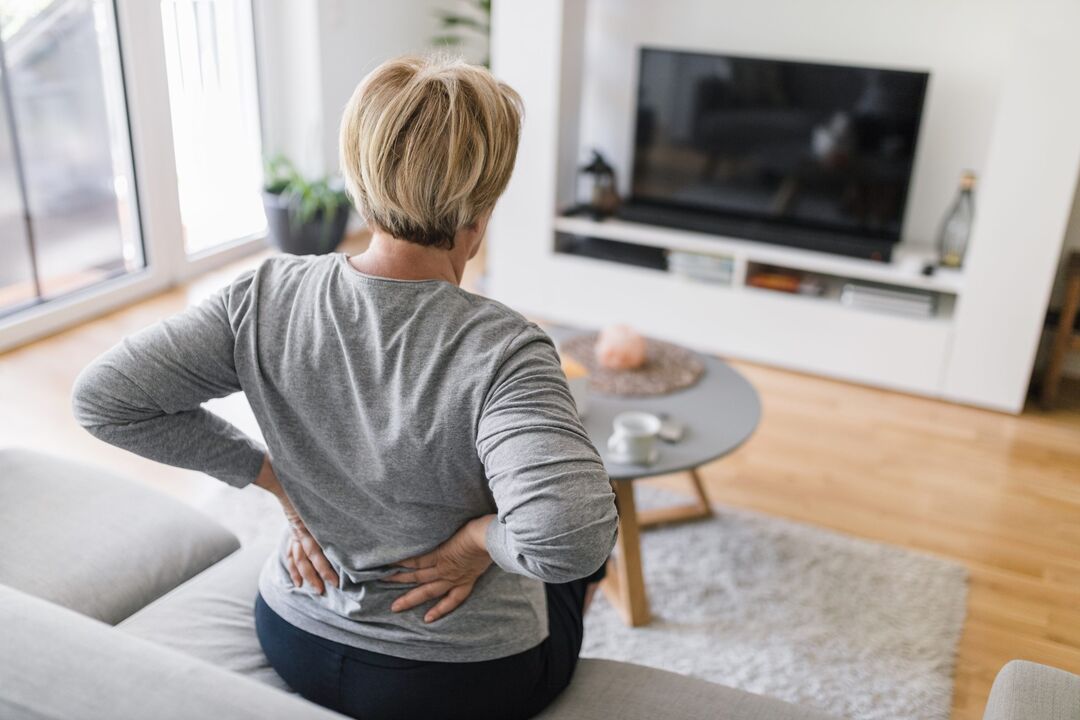
Why does my lower back hurt?
spinal disease
- degenerative disease: Osteochondrosis, disc herniation, intervertebral hernia, spondylosis, spondyloarthropathy.
- congenital anomalies: Sacred, lumbar.
- Multiple etiological conditions: Spondylolysis, spondylolisthesis.
- vascular disease: Spinal circulation disorder.
- Other diseases: diseasesForestier.
spinal curvature
- Lordosis;
- Kyphosis;
- Scoliosis;
- kyphoscoliosis;
- Flat back syndrome.
osteoporosis
- postmenopausal;
- juvenile;
- idiopathic;
- senescence.
spinal injury
Soft tissue and kidney damage
Spinal and spinal cord infections
local inflammation
infectious diseases
- Hemorrhagic fever;
- Japanese mosquito encephalitis;
- Ebola fever;
- hand, foot and mouth disease;
- coronavirus;
- Bacterial, fungal, viral infections.
Other muscle disorders
- for syphilis and tuberculosis;
- Idiopathic, adolescent;
- for oncology;
- For use in connective tissue diseases.
other illnesses
- tumorSpine and spinal cord: sarcomas, hemangiomas, metastases, spinal cord tumors.
- kidney disease: Pyelonephritis, glomerulonephritis, urolithiasis, renal infarction, renal vein thrombosis, renal cyst, renal cancer.
- Hereditary diseases:Pierre-Marie Hereditary Cerebellar Ataxia.
- exogenous poisoning: Adrenergic drug abuse.
- Pathology of the heart and blood vessels: Loeffler endocarditis, abdominal aortic aneurysm.
- Emergency situations: Transfusion shock.
type of pain
diagnosis
- Neurological examination.Neurologists evaluate patients' reflexes, sensitivity, muscle strength, and motor coordination.
- X-rays.X-rays are the initial test that allow you to identify changes in the bone tissue. Images of the lower back show fractures, degenerative changes in the discs, signs of inflammatory processes and spondylolisthesis.
- CT scan.CT scans examine the detailed structure of solid structures.
- MRI– An informative method that allows you to diagnose morphological changes in ligament and disc conditions. To rule out stenosis, a myelogram is performed.
- DensitometryNecessary for osteoporosis.
- EMG,electroneurogramThese tests evaluate muscle function and nerve conduction.
- ultrasoundKidneys, prostate, abdominal and pelvic organs.
- dollar goldabdominal aorta.
- Electromyography (ENMG)Used to determine conduction disorders along nerve fibers.
- lab testing.To determine the causative agent of the infection, urine and blood tests are required for microbiological examination. Detect nerve infections - use serological tests.
Low back pain treatment
first aid
- NSAIDsAvailable in tablet and topical form for the treatment of chronic and acute pain in the lumbar spine muscles.
- Neurotrophic B vitamins, enhances the effect of medicinal analgesics.
- Local anesthetic.They use narcotics and analgesics in combination with corticosteroids to treat acute pain.
physiotherapy
- ultrasound,
- magnet therapy,
- transcutaneous electrical stimulation,
- Laser Treatment,
- electrophoresis,
- massage,
- manual therapy,
- acupuncture.
Surgery
- For instability: interbody fusion, transpedicular fixation, plate fixation.
- For tuberculosis, tumors, osteoporosis, osteomyelitis: sequestrectomy, vertebroplasty, kyphoplasty, corpectomy.
- For intervertebral hernia: discectomy, microdiscectomy, nucleoplasty.
- For spinal stenosis: laminectomy, facetectomy, disc puncture and decompression.















































